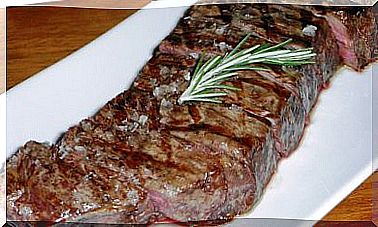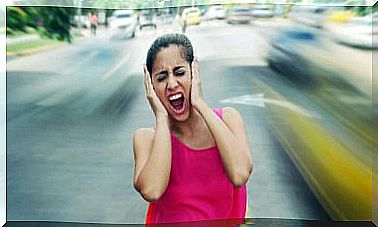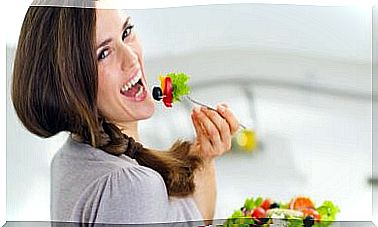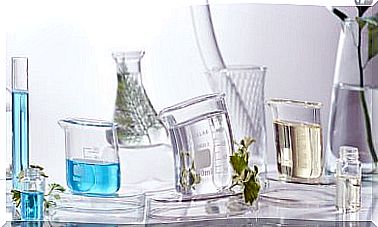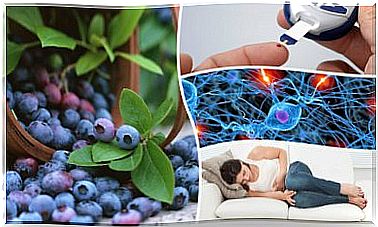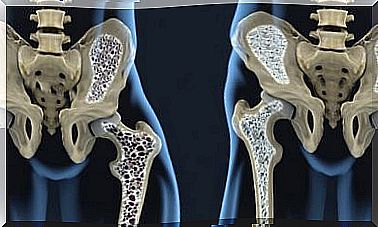Astringent Diet To Treat Diarrhea
An astringent diet is an eating plan whose main objective is to stop diarrhea in a short time. Basically, this diet produces desiccation and contraction of the belly tissues. In this way, intestinal motility decreases and prevents decompensation due to the excessive loss of fluids and nutrients.
Although it is sometimes effective to maintain a regular diet, sometimes it is necessary to design an astringent diet to achieve optimal recovery. The ingredients that make up the astringent diet can vary according to the patient’s oral tolerance. Above all, because in conditions such as gastroenteritis nausea and vomiting occur that interfere with eating.
How do you do an astringent diet? What foods should be excluded? We answer these questions below.
Phases of an astringent diet for diarrhea
Both in cases of acute and chronic diarrhea, it is convenient to divide the diet into several phases for a better assimilation of nutrients.
Thus, by slowly and progressively introducing various types of food, it is possible to restore normal digestion as the body recovers.
Phase 1

It is done at the beginning of diarrhea and according to its level of severity. It can be a diet with hydroelectric replacement (water and salts) parenterally or a simple liquid diet orally.
For example, it is recommended to consume:
- Water.
- Rice milk
- Carrot water.
- Oral rehydration solutions.
- Water with lemon, sugar and salt.
- Medicinal infusions.
These foods make it possible to guarantee a state of hydration, a fundamental condition to guarantee health, according to research published in the Journal of Physics . During diarrhea episodes, more fluid is lost than usual, so this phase 1 becomes crucial for its treatment.
Also read 11 foods that affect your digestion and make you constipated.
Phase 2
After the previous phase, solid foods are introduced over two days. In general, complex carbohydrate sources are used, as they are gentle on digestion and increase energy.
For example, some food options in this phase are:
- Boiled rice.
- Rice grits.
- Potato and boiled carrot.
- Toasted bread.
- Roasted apple.
- Ripe banana.
In this way, an energy supply is guaranteed, but without excess fiber. Including this last substance can be counterproductive in a situation of diarrhea, especially when it comes to insoluble fiber.
However, the same does not happen with soluble fiber, which is found in fruit. There is sufficient scientific evidence to affirm that the contribution of this ingredient improves the treatment of acute diarrhea.
Read also What to do if a child has diarrhea
Phase 3
The foods that are incorporated in this phase must be boiled, steamed or grilled, avoiding fat as much as possible. This phase can last two or three days , depending on the evolution of the patient.
For example, you can include protein foods such as:
- White fish.
- Chicken or turkey.
- Cooked ham.
Phase 4
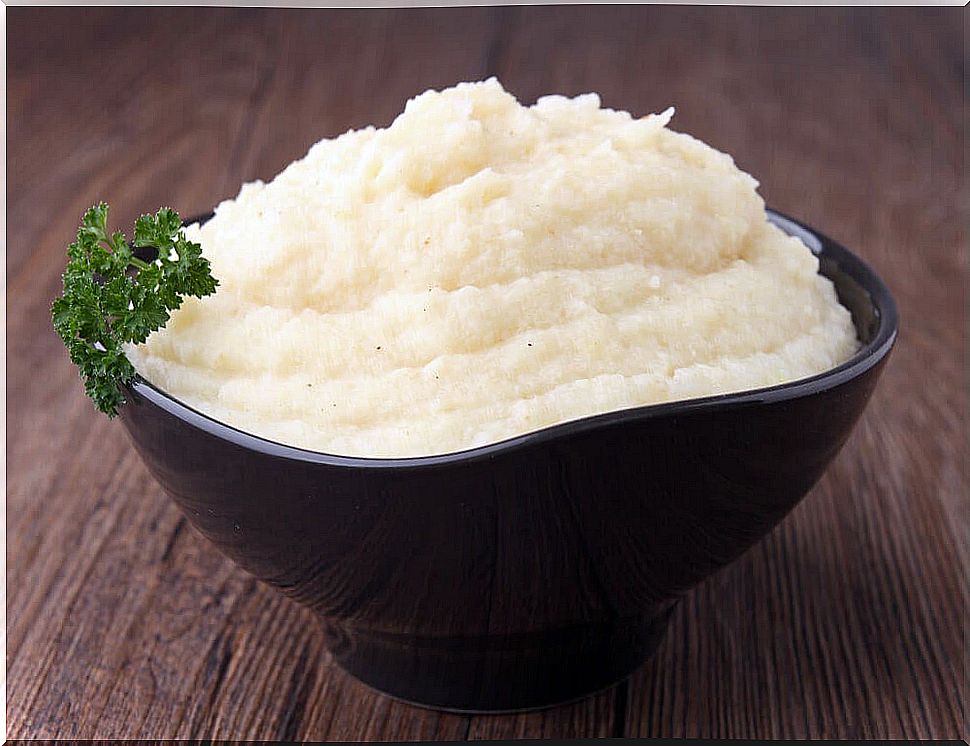
In this last phase, the greatest variety of foods possible are incorporated, as long as they are tolerated by the person. There is no limit of days since, from here, regular eating habits begin to regain.
For example, some options are:
- Boiled vegetables.
- Mashed vegetables.
- Ripe and skinless fruits.
- Lean meats
What you should know about the astringent diet
Through an astringent diet, the aim is to facilitate the work of the digestive system to stop diarrhea and improve the absorption of nutrients. For this reason, it is based on cooked and poorly prepared foods.
Its fundamentals include:
- Absence of dietary fiber.
- Exclusion of foods with lactose.
- Absence of foods that stimulate intestinal motility.
- Exclusion of foods with fats or complex digestion.
Meals for an astringent diet menu
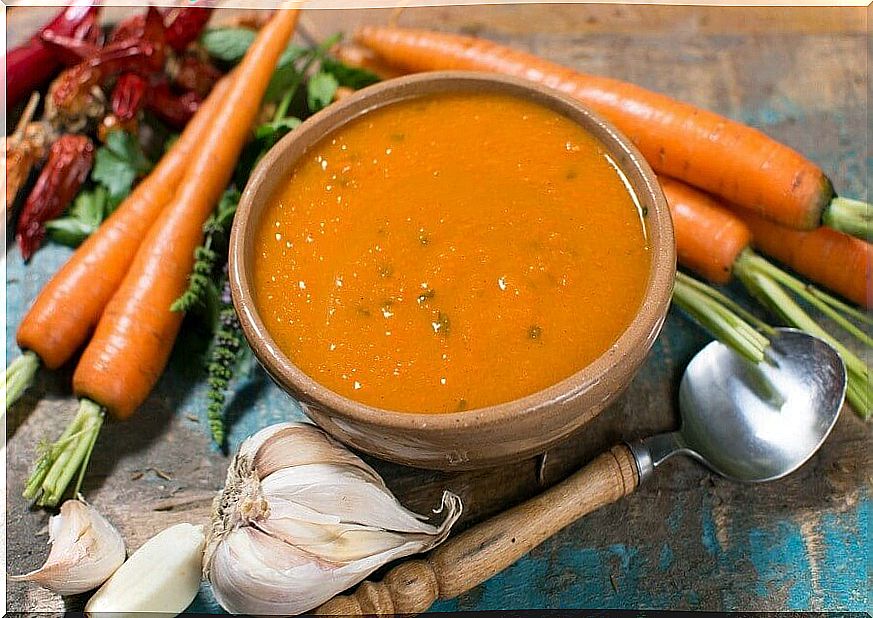
To design an astringent menu, the phase of diarrhea and the patient’s tolerance must be taken into account.
The recommended foods are:
- Infusion of chamomile and toast (for breakfast).
- Rice or carrot soup.
- Fish soup.
- Boiled egg, boiled in an omelette.
- Cooked or grilled white fish (sole, monkfish, whiting, hake, etc.).
- Chicken or turkey cooked on the grill, without skin.
- Roasted apple, mashed ripe banana or quince.
- Lactose-free yogurt (to regulate intestinal flora).
Foods prohibited in the astringent diet
In any astringent diet , the following foods that stimulate intestinal contractions should be eliminated.
- Nuts and legumes.
- Whole grains.
- Whole milk and derivatives.
- Fatty foods (including fried, battered, or breaded).
- Stuffed meats.
- Sweets and industrial bakery products.
- Spices and condiments.
- Flatulent foods like broccoli, lentils, and cheese.
- Coffee and caffeinated products.
- Alcoholic drinks. These have been shown to have a very negative impact on the intestine.
- Foods with a laxative effect such as plums, grapes and fruits with skin.
Weathering foods are characterized by increasing the formation of intestinal gas. Legumes and other vegetables belong to this group. During diarrhea it is necessary to restrict its intake. Of course, at the end of the diet, most of these foods are consumed again.
Try an astringent diet if you suffer from acute diarrhea
The astringent diet is usually an efficient treatment for most cases of diarrhea. However, if it does not work, you should consult your doctor to determine if a drug treatment is necessary.
